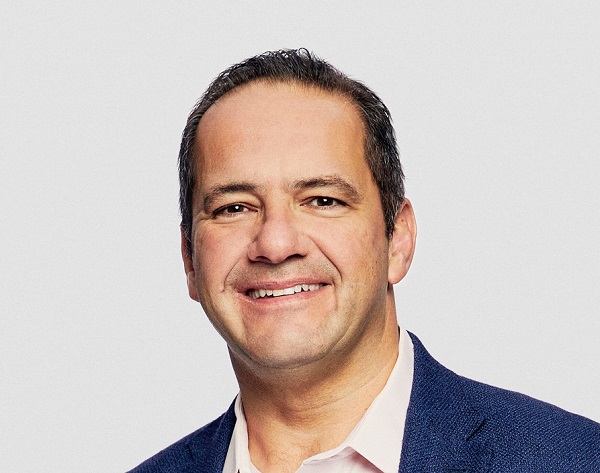With the Asia-Pacific (APAC) region being a hub for global trade and witnessing a surge in e-commerce activities, the transportation sector’s impact on climate change is more pronounced than ever. The International Energy Agency estimates the transportation sector in APAC consumes approximately 8% of the region’s energy usage, representing 51% of the world’s carbon dioxide (CO2) emissions.
In countries like China, India and Japan, where rapid industrialisation and urbanisation are driving increased transportation demands, addressing the carbon footprint of fleets becomes imperative.
Studies have indicated a reluctance among companies in the region to invest in sustainable freight transport due to the nascent stage of technology and infrastructure supporting green initiatives. Transportation and logistics companies are faced with significant capital and operational expenses as they transition to sustainable supply chain and delivery models, incorporating alternative energy sources and electric vehicles (EVs).
What strategies can be adopted in the Asia-Pacific region to propel trucks towards net-zero emissions? Here are three actionable steps:
Putting the brakes on truck idle time
Trucks globally waste a staggering 9.8 billion gallons of diesel fuel annually through idling, with approximately 50% of commercial trucks idling for one to four hours daily. This idle time contributes to significant CO2 emissions.
Optimising routes and reducing dwell time through real-time visibility and advanced routing logic can minimise idle time, thereby reducing fuel waste and emissions. Companies can leverage sophisticated software tools for route planning and optimisation to implement routing algorithms that prioritise fuel efficiency.
For example, PSA Singapore (PSA), which operates the world’s largest transhipment hub is maximising truck resource utilisation and eliminating operational inefficiencies for Singapore’s container trucking community, through a transport management solution that includes automated scheduling and asset pooling features for truck drivers.
Companies that adopted this solution have been able to demonstrate about 50% reduction in empty runs. Expanding this result to the haulier community in Singapore, this translates to an annual reduction of approximately 10 million kg of carbon emissions, equivalent to planting 300,000 trees in a year.
Conducting CO2 audits in a regulatory maze
Effective transition towards net-zero emissions begins with measurement. Fleet operators in APAC can conduct CO2 audits to determine emissions per route, leveraging geospatial analysis tools tailored to the region’s specific road networks, traffic conditions, and infrastructure characteristics. Understanding the interplay between vehicle characteristics and road network features enables informed decision-making in transitioning fleet routes towards sustainability.
This includes the route’s traffic conditions, road grade, curvature and altitude and detailed information about the road network (existing lanes, bridge heights, tunnel widths, truck weight restrictions and more). Within these parameters, it is possible to comprehensively understand the route travelled and accurately forecast CO2 production.
For example, in densely populated urban areas like Tokyo or Mumbai, where traffic congestion is a significant issue, the carbon footprint associated with idling vehicles may be higher compared to more rural regions. Understanding these localised challenges enables fleet operators to tailor transition plans effectively.
Moreover, varying regulatory frameworks and disparate vehicle standards within APAC add layers of complexity to fleet operations. Unlike the more uniform regulations of Europe or North America, Asian countries often establish their own rules, or lack comprehensive standards altogether. This inconsistency means hauliers may comply with one jurisdiction’s standards only to find themselves non-compliant in a neighbouring territory.
This regulatory patchwork means there is the need to integrate compliance considerations into CO2 audits and transition planning efforts to ensure that fleet operators adhere to local regulations across different jurisdictions. Failure to do so could lead to operational disruptions, fines, or legal issues.
By collaborating with regulatory authorities and technology partners, fleet operators can navigate regulatory complexities while advancing sustainability goals in the APAC transportation sector.
Steering EVs towards efficiency and road safety
While the widespread adoption of EVs in commercial fleets may still be in its infancy, fleet operators can leverage fuel optimisation tools and advanced driver assistance systems (ADAS) to enhance route planning efficiency and road safety.
ADAS encompasses a range of technologies designed to assist drivers in various aspects of vehicle operation, from adaptive cruise control to predictive powertrain control. These systems utilise sensors and algorithms to analyse road conditions and vehicle dynamics, thereby optimising fuel consumption and reducing emissions.
On the other hand, onboard Intelligent Speed Assistance (ISA) features enhance road safety by providing real-time information to drivers about the legal speed limits on specific road segments. ISA systems combine map information with speed limits picked up by the vehicle’s cameras. It is gaining traction as a significant road safety measure, especially in regions like Australia where road accidents due to speeding are a concern. In particular, when it comes to trucks, which have their own set of speed rules based on their size and design, having an ISA map that is capable of predicting speed limit changes will make driving smoother and safer within speed limits.
Transitioning APAC fleets towards net-zero emissions requires a multifaceted approach encompassing three key steps. Though challenges such as battery technology maturity and charging infrastructure gaps persist, fleet operators in APAC should embrace advancements in technology and sustainable practices to not only drive operational efficiency but also contribute to a more environmentally sustainable trucking industry.
